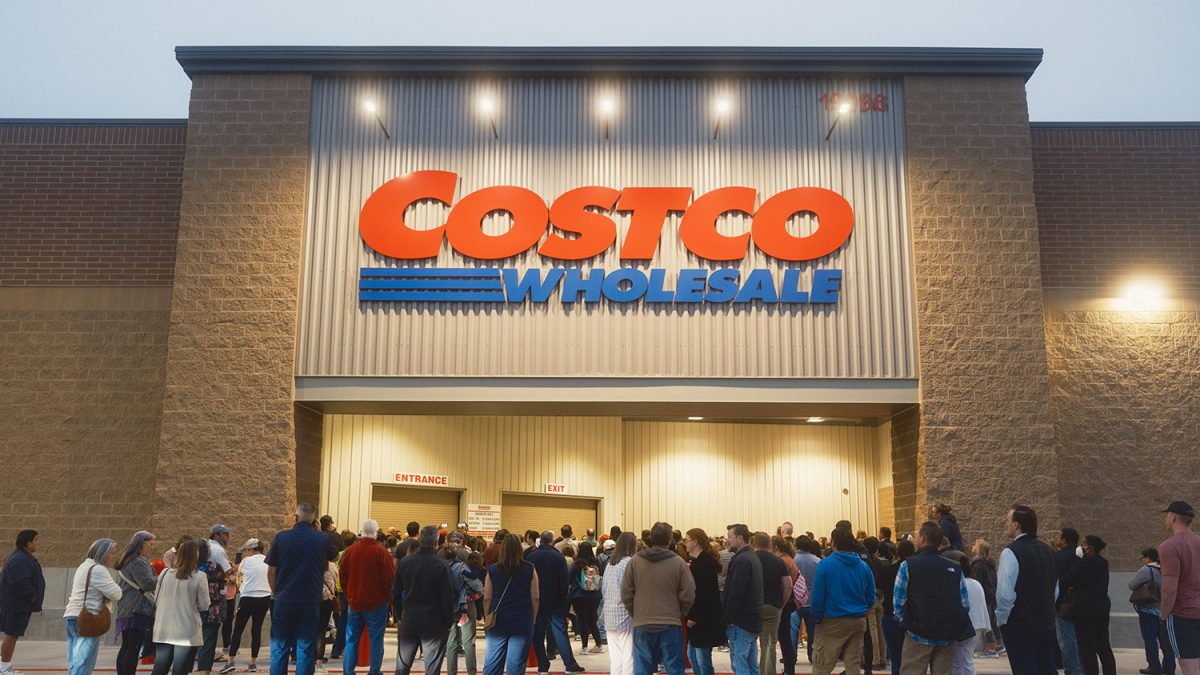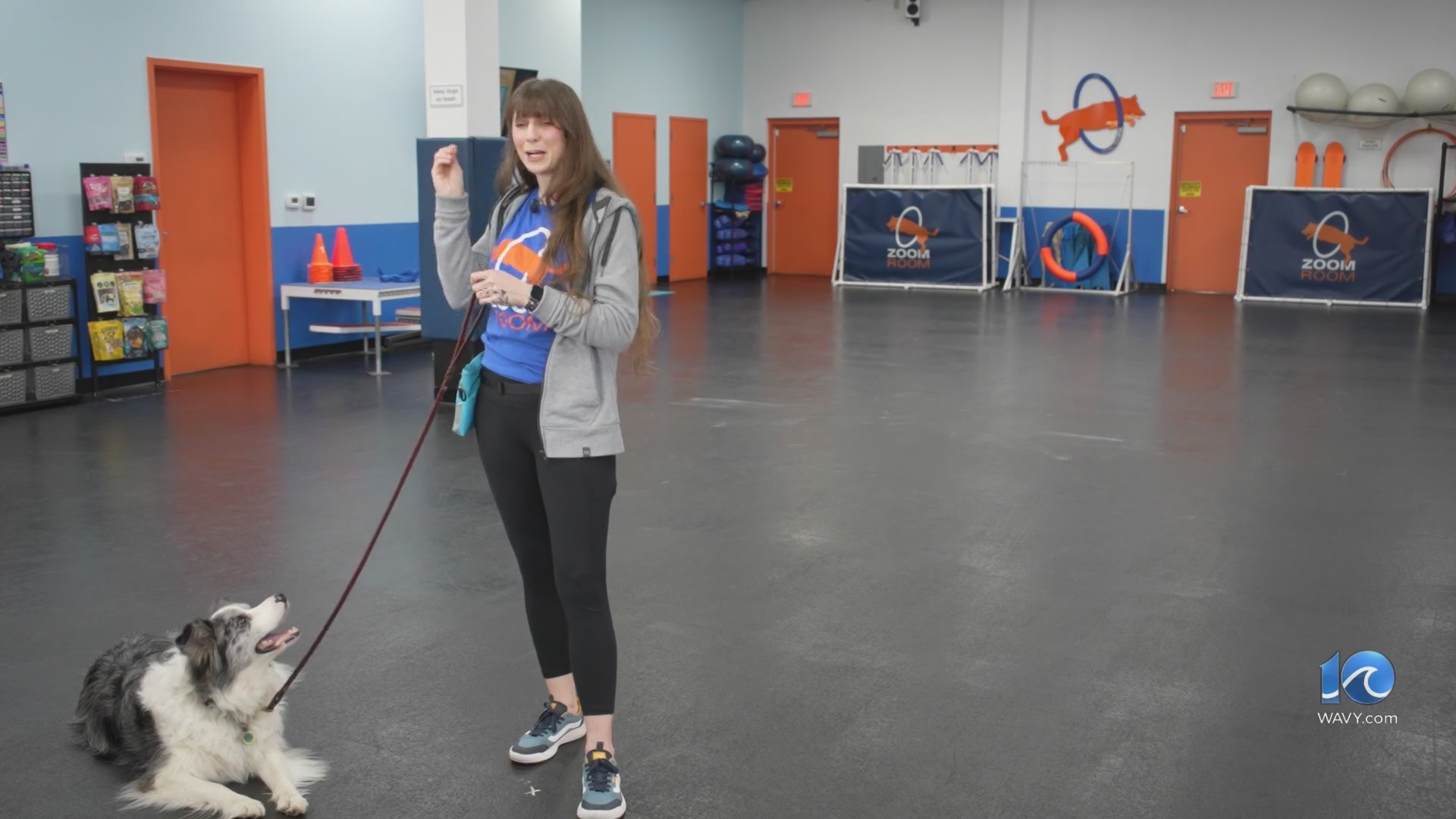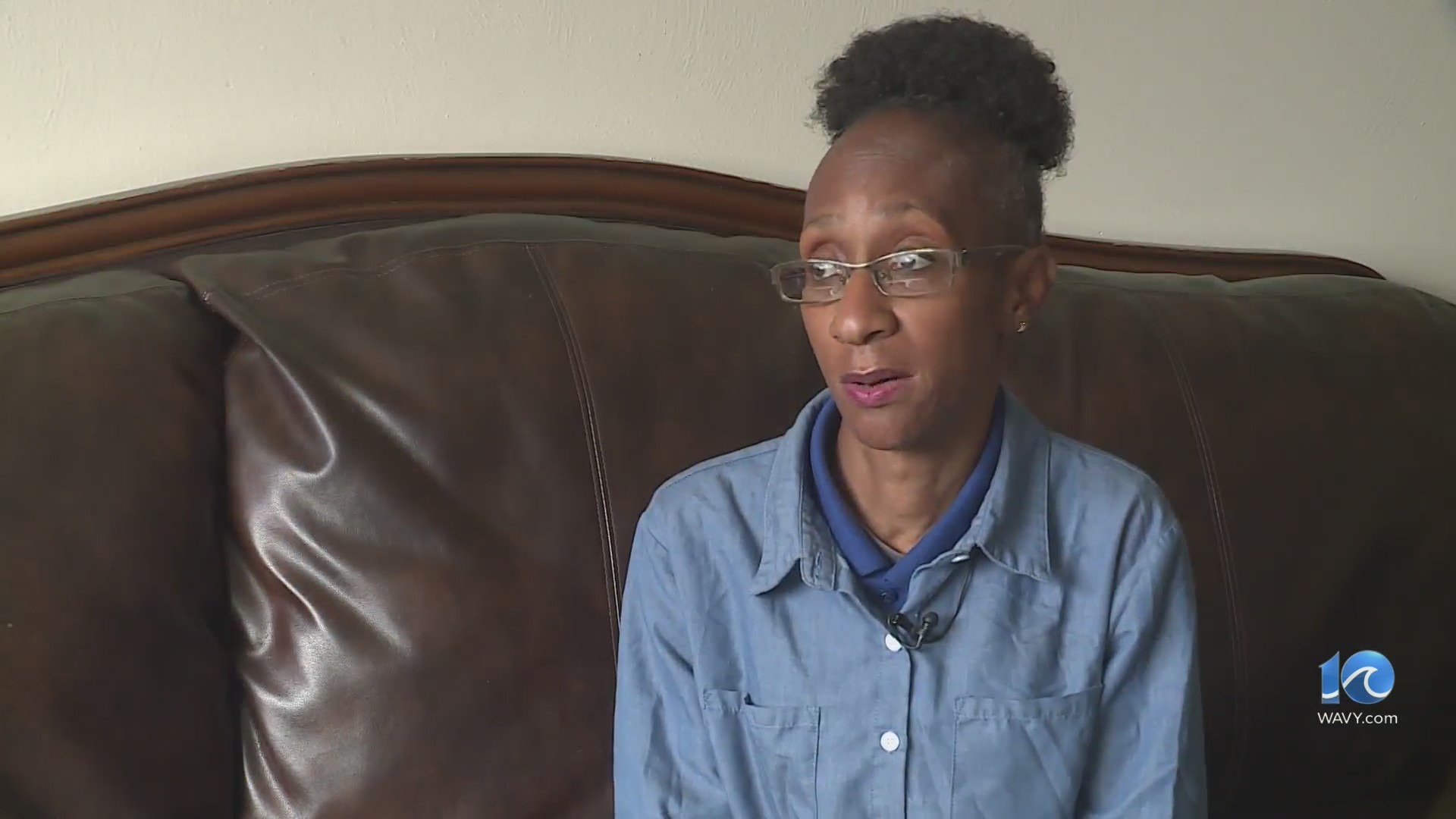WILLIAMSBURG, Va. — From woodworkers to tailors, there are a lot of different historic trades jobs in Colonial Williamsburg, but some of these trades or skills are dying or are no longer taught, so they’re hoping people will take interest in keeping them alive.
There are a lot of people who work to bring Colonial Williamsburg to life, using different 18th century tools and techniques to teach people about different trades, and they’re hoping more people will take interest in these potential careers.
“I’m matching as much as possible stitch-per-stitch,” said apprentice Shoemaker Victoria Tolson.
Tolson said she had no background in sewing and had never made a pair shoes before working in the historic trades program at Colonial Williamsburg. She started at the brickyard nine years ago and moved on to making leather breeches before working in the shoemakers shop, where she is currently.
Prior to working at Colonial Williamsburg, Tolson worked in a cultural arts center and said she enjoys showing people history in a way they can see and understand.
“Lifelong learning is best inspired through museum work and other informal education endeavors,” Tolson said, “and I just feel that there is a really great practice of that here at Colonial Williamsburg, so I specifically, actually, wanted to work here, specifically in the trades department.”
She said it’s nice to be able to connect people with the past through something as simple as a shoe.
“It’s really exciting to make something that’s then used here, and often when people leave our shop, they go out and see the items that we’ve made,” Tolson said.
Master of Masonry Trades Joshua Graml was a librarian before coming here. He said having a love of history helps, but the skills can be taught.
“You start your apprenticeship probably a little differently than they would have in the 18th century, when oftentimes you’re a kid, you might be 12, 14-years-old when you become an apprentice,” Graml said. “I was an apprentice when I became 30.”
Graml and his apprentices working in the brickyard help with restoration and new construction in Colonial Williamsburg.
“It’s like the world’s best sandbox,” Graml said. “You get to do some experimental archeology. We have been working on a project making roof tiles, which is something a brickyard would have done in the 18th century.”
There are hundreds of jobs offered through the more than 20 different historic trades on display in Colonial Williamsburg, such as wig making, serving as a gunsmith or even a tailor.
Manager of Historic Trades and Skills Bill Pavlak enjoyed building furniture, so he became a cabinet maker.
“We have these wildly unusual jobs, but they’re so fascinating and you get to make stuff with your hands, which is incredibly satisfying but at the same time you are researching history,” Pavlak said. “You are trying to kind of reverse-engineer things, understand how people did this in the past, and on top of that, you are teaching it to people.”
He said they currently employ people across a wide variety of ages, but it’s never too late to start.
“Most folks will come at this a little bit later,” Pavlak said. “You’ve kind of figured out what you don’t want to do and then you realize this unusual thing is something that I want to do.”
Because as these masters move on eventually, they hope to pass the torch of teaching living history onto the next generation.
“Hopefully, I can someday put my feet up and turn the keys over to them,” Graml said, “which is the hope, I think, of every master, quite honestly.”
For more information on the historic trades and what jobs are currently available at Colonial Williamsburg, click here.


























































